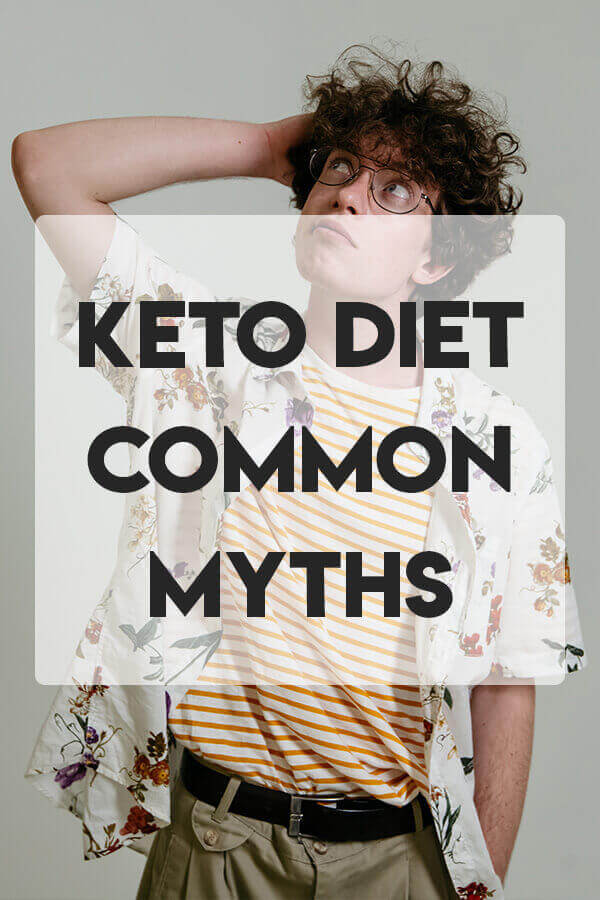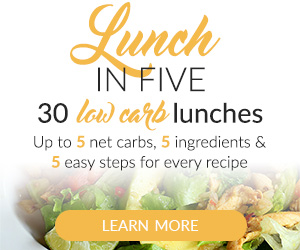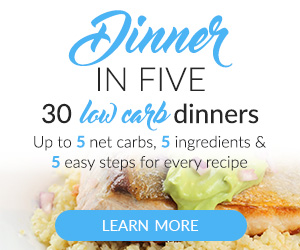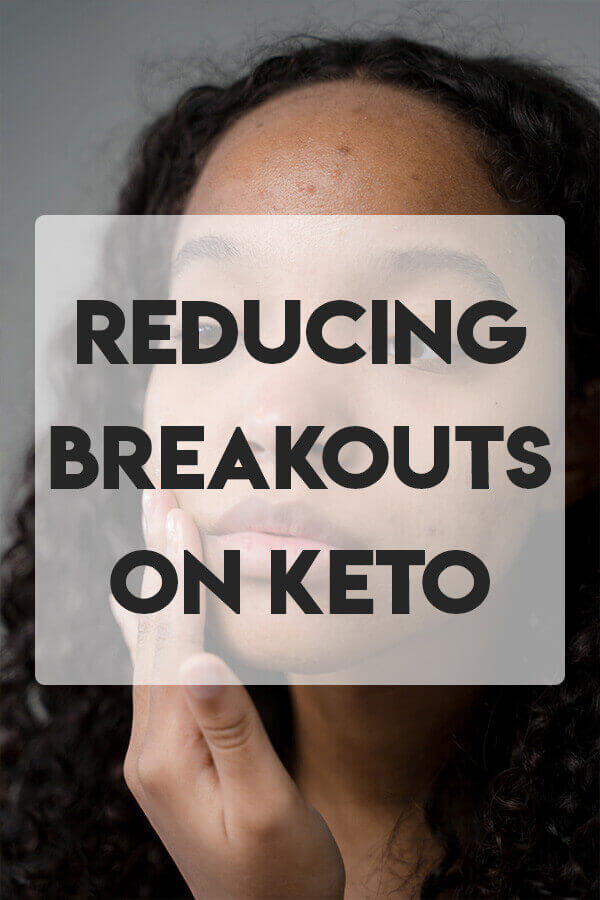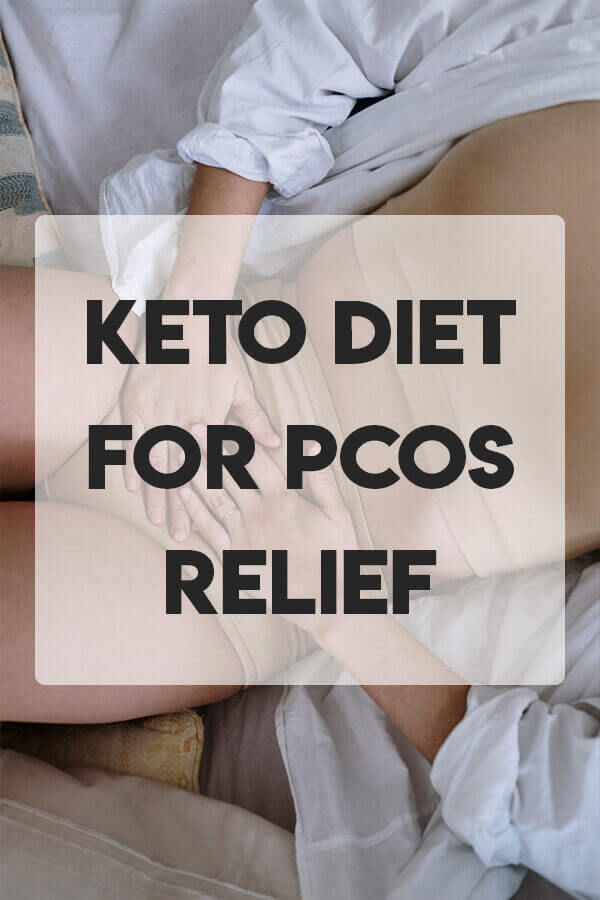Clearing Up Misconceptions About the Keto Diet
So, you’ve heard about the ketogenic diet, or as it’s more commonly known, the keto diet. It’s the high-fat, low-carb eating plan that’s taken the wellness world by storm. Despite its popularity, there are plenty of misconceptions swirling around about what the keto diet really is and what it can do for you. Let’s dispel some of the most common myths right out of the gate.
Misconception 1: The Keto Diet is Just Another Fad Diet
It’s easy to brush off the keto diet as just another fad, especially considering the ever-growing list of trendy diets. However, the truth is that the keto diet has a long history in the medical world. Believe it or not, the keto diet was initially developed in the 1920s as a treatment for epilepsy. You heard that right, its roots are in medicine, not weight loss.
Researchers found that fasting, which forces the body to burn fats for fuel, helped reduce the frequency of seizures. The keto diet was designed to mimic this effect. The goal was to get the body into a state of ketosis without requiring a fast. It wasn’t until much later that the potential weight loss benefits of ketosis were explored.
4-Week Keto Meal Plan
- 4 Weeks of Delicious Keto Recipes!
- Leftovers and Bulk Preps Included
- Maximize Your Keto Diet's Success
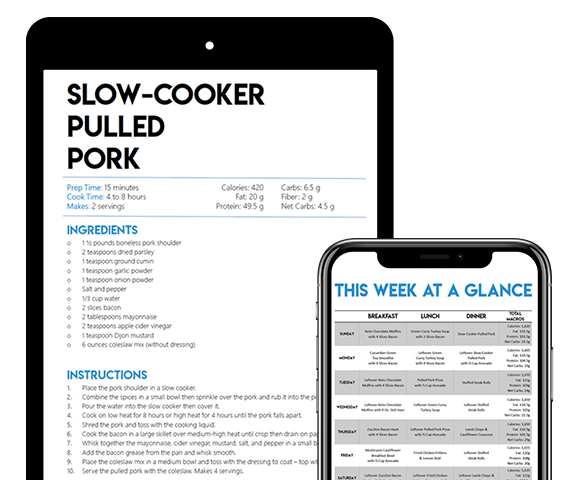
Misconception 2: Eating Fat Makes You Fat
One of the most common misconceptions about the keto diet is that eating a high-fat diet will make you gain weight. This stems from the age-old notion that fats are bad for you, which has since been debunked.
While it’s true that fats are more calorie-dense than proteins or carbohydrates, they’re not the sole contributor to weight gain. In fact, a well-structured keto diet can lead to weight loss, even though it’s high in fats. How? When you drastically cut carbs and increase your fat intake, your body enters a state of ketosis where it burns fat for energy instead of glucose. This can lead to weight loss.
Moreover, fats are more satiating than carbs, helping you feel full longer and reducing your overall calorie intake. That’s not to say all fats are created equal, though. The keto diet emphasizes healthy fats from sources like avocados, nuts, and fish over unhealthy fats from processed foods. A study showed that it’s the quality of the fats you eat that matters most when it comes to health and weight loss.
Misconception 3: The Keto Diet Means No Carbs at All
Another widespread myth about the keto diet is that it means completely eliminating carbs. While the keto diet is indeed low in carbs, it doesn’t mean you have to cut them out entirely. In fact, it’s nearly impossible (and not necessarily healthy) to cut out all carbs. Even vegetables have carbs!
What the keto diet does is restrict net carbs (total carbs minus fiber), encouraging a shift away from carb-dense foods like bread, pasta, and sugary snacks. Instead, you’ll focus on foods with good fiber content, healthy fats, and moderate protein. You’ll still get carbs, just in smaller amounts and from healthier sources.
Misconception 4: Keto is All Meat, All the Time
When you hear ‘low-carb, high-fat’, it’s easy to picture a diet stacked with steaks, bacon, and butter. But that’s not what the keto diet is all about. While meat can be part of a keto diet, it’s not the only, or even the most crucial, element. Remember, the focus of the keto diet is healthy fats, not just protein.
There’s plenty of room for non-meat items like avocados, olive oil, nuts, and seeds. Even certain fruits, like berries, can be part of a balanced keto diet. Dairy products, like cheese and yogurt, are also usually on the menu. And let’s not forget about the importance of leafy greens, which provide necessary fiber and nutrients. You can even be vegetarian or vegan and still follow a keto lifestyle, so don’t think that keto equals carnivore.
Misconception 5: Keto is Dangerous in the Long Run
Some critics argue that the keto diet is dangerous over the long term. They suggest that it can lead to nutrient deficiencies, heart disease, or other health problems. While it’s true that transitioning to a diet high in fats and low in carbs can cause short-term side effects, often called the “keto flu,” most people adapt after the initial phase.
Long-term risks are generally associated with poorly planned or unbalanced keto diets. But then, that’s true of any diet, isn’t it? An unhealthy diet is unhealthy, regardless of whether it’s high-carb, low-carb, high-fat, or low-fat. That’s why it’s crucial to approach keto (or any dietary change) in a balanced, well-researched manner, preferably under the guidance of a healthcare or nutritional professional.
A number of studies have shown that, when done right, keto can have potential health benefits. These may include weight loss, improved heart health, and better blood sugar control. Still, more research is needed, particularly when it comes to the long-term impacts.
Misconception 6: You Can’t Exercise on Keto
There’s a myth out there that because of its low-carb nature, the keto diet can zap your energy and impair your athletic performance. While it’s true that your body may need some time to adjust to using fat for fuel instead of glucose, this doesn’t mean you’ll be forever doomed to subpar workouts.
In fact, many people report increased energy levels after the initial adaptation phase. That’s because once your body becomes fat-adapted, it has access to a more extensive, more efficient fuel source. Think about it: even the leanest among us has plenty of fat stores, while our carbohydrate stores are relatively limited.
As for athletic performance, it can vary. Some athletes may see improvements, while others may do better with a higher-carb diet. Again, it’s about finding what works best for you. If you’re using a keto diet and want to keep exercising, don’t worry – you can certainly be active and stay in ketosis. Just remember to listen to your body and adapt as needed.
Misconception 7: Ketosis and Ketoacidosis Are the Same Thing
Let’s get this straight right off the bat: ketosis and ketoacidosis are not the same thing. Ketosis is a natural metabolic state that the body enters when it starts using fat for fuel. This is a safe and natural process that happens during a fast, while you’re sleeping, or when following a ketogenic diet.
On the other hand, ketoacidosis is a dangerous medical condition that occurs when the body produces too many ketones, leading to excessively acidic blood. This condition is most common in people with type 1 diabetes and can be life-threatening if not treated. So no, being in nutritional ketosis from following a ketogenic diet is not the same as having ketoacidosis.
Misconception 8: A Cheat Day Won’t Affect My Progress
While cheat days might be beneficial on other diets, on keto, it’s a different story. Having a cheat day could potentially kick you out of ketosis and disrupt the fat-adaptation process. To get back into ketosis, your body would need to go through that adaptation process all over again. Instead of cheat days, it’s suggested to make sustainable lifestyle changes that you can maintain in the long run.
That doesn’t mean you can never enjoy your favorite high-carb foods again. Some people practice a cyclical ketogenic diet, which involves periods of higher-carb eating (also known as carb cycling) interspersed with strict keto. But, this should be done strategically and isn’t the right approach for everyone. As always, it’s best to consult with a healthcare professional before making drastic dietary changes.
Misconception 9: You Can Eat as Much Fat as You Want
While it’s true that you’re eating a higher proportion of fats on the keto diet, this doesn’t mean you can eat limitless amounts of fat. Yes, the keto diet is high in fats, but it’s about eating the right types of fat and in the right quantities. Simply put, calories still count on a keto diet. If you consume more energy than you use, you can still gain weight.
To help you track your food intake and ensure you’re consuming the right amounts of fat, protein, and carbs, consider using a handy app like Total Keto Diet for iOS or Android. This app makes meal planning a breeze and gives you the tools you need to succeed on keto.
In Summary
Understanding the keto diet can feel like learning a new language. There are a lot of misconceptions out there that can cloud the truth about this dietary approach. But with a little bit of research and a lot of patience, you’ll find that keto is a versatile, adaptable way of eating that can provide numerous health benefits.
As with any diet, the key is to approach it in a balanced, well-informed way. And remember, everyone is unique – what works for one person may not work for another. Listen to your body, be patient, and find the path that works best for you.
NUTRITIONAL DISCLAIMER
The content on this website should not be taken as medical advice and you should ALWAYS consult with your doctor before starting any diet or exercise program. We provide nutritional data for our recipes as a courtesy to our readers. We use Total Keto Diet app software to calculate the nutrition and we remove fiber and sugar alcohols, like erythritol, from the total carbohydrate count to get to the net carb count, as they do not affect your blood glucose levels. You should independently calculate nutritional information on your own and not rely on our data. The website or content herein is not intended to cure, prevent, diagnose or treat any disease. This website shall not be liable for adverse reactions or any other outcome resulting from the use of recipes or recommendations on the Website or actions you take as a result. Any action you take is strictly at your own risk.
- Keto-Friendly Food Swaps for Common Ingredients - July 11, 2023
- Keto Diet and Acne: Reducing Breakouts and Promoting Clear Skin - July 9, 2023
- Can the Keto Diet Help with Epilepsy? - July 7, 2023
